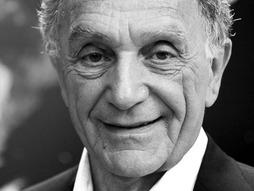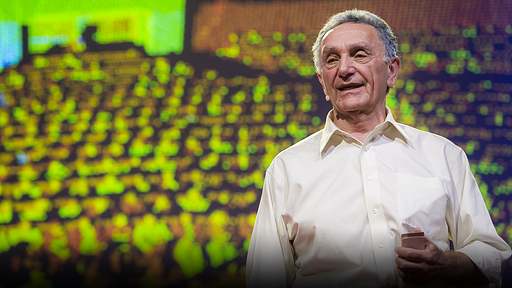
Why you should listen
As a child, Ben Kacyra was taken to visit the ruins of the ancient city of Nineveh near his home town of Mosul in Iraq, giving him an abiding appreciation for the value of history. So when the Taliban destroyed the Buddhas of Bamiyan in Afghanistan in 2001, the Iraqi-born civil engineer was dismayed. In 2002, he founded California-based nonprofit CyArk in order to apply a highly accurate, portable laser-scanning technology he’d originally developed for monitoring nuclear power plants and other structures – to preserving the world’s cultural heritage sites, what Kacyra calls “our collective human memory”.
CyArk’s methods are fast and accurate: pulsed lasers generate 3D points of clouds, which render surfaces at accuracy to within millimeters. Combined with high-definition photography and traditional surveying techniques these data make it possible to create highly detailed media – photo textured animations, 3D fly-throughs – that digitally preserve our knowledge of heritage sites against natural disaster, war, and neglect, and make them accessible to the world. Among the sites already scanned are ancient sites in Mexico, the leaning tower of Pisa, and Mount Rushmore.
What others say
“Ben Kacyra has made the biggest contribution to archeological research since Indiana Jones added the bullwhip to his field kit.” — SF Chronicle
